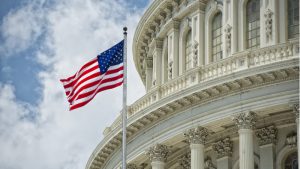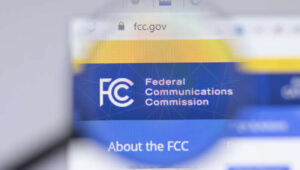The California Department of Technology (CDT) and Department of General Services (DGS) hosted their annual IT Vendor Forum last week, with the state’s week-old announcement of an IT spending freeze casting a considerable pall over the 300 or so interested virtual attendees from the state IT vendor community.
Thanks to a new piece of legislation being signed into law, the Illinois Department of Professional Regulation (IDFPR) will be able to use a competitive, expedited process to identify and implement a new professional licensing system.
With the new year just a few weeks away, the National Association of State Chief Information Officers (NASCIO) has released its list of top priorities for state CIOs in 2024. For the first time ever, digital government services and cybersecurity tied for the top priority spot.
Tarek Tomes, who serves the North Star State as the Commissioner of Minnesota IT Services (MNIT) and state Chief Information Officer (CIO), has adopted a unique formula for assessing state priorities for IT modernization efforts among state agencies.
The state of Kansas announced that applications are now open for the Advancing Digital Opportunities to Promote Technology (ADOPT) program. The ADOPT program will award $14.7 million in grant funding to organizations addressing the challenges of broadband accessibility, affordability, and device availability.
The Federal Communications Commission (FCC) announced a new initiative intended to strengthen and formalize the cooperation between the FCC and participating state attorneys general (AGs) on privacy, data protection, and cybersecurity enforcement matters.
The city of Detroit has launched a new online tool for homeowners to estimate their property tax cut under the city’s proposed Land Value Tax Plan (LVTP).
When I was appointed Massachusetts’ first CIO by Governor Bill Weld back in the early 1990s, coming directly from the private sector, few if any state IT leaders had similar backgrounds. Since that time, however, we see governors – especially newly elected ones – opting for the Weld paradigm, finding their CIO from outside the state workforce.
As part of the state’s efforts to connect residents to needed mental health and addiction recovery resources, Delaware has launched its revamped Help is Here website.
The state of Kansas is using $3 million in Federal funds to improve its Judicial Branch records. The funding comes from the Federal Bureau of Justice Statistics’ National Criminal History Improvement Program (NCHIP) Grant Program.













